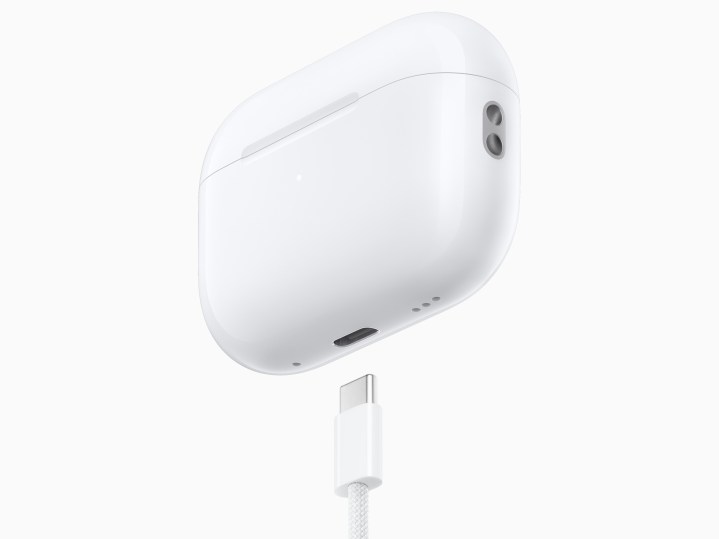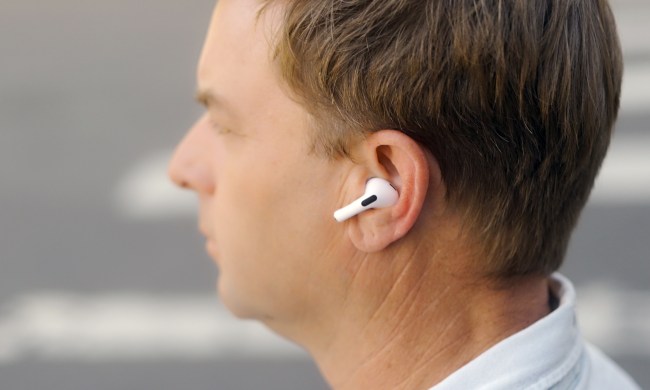
In one of the least-kept surprises of today’s iPhone 15 event, Apple announced that the second-generation AirPods Pro are switching to USB-C for their charging case.
That’s a big deal because they’ll now use the same charger as the iPad and MacBook — and also because they can use any other USB-C cable that you’ve got laying around. And because we’re not talking about a device with a huge battery capacity, you don’t need to worry so much about whether you have the right USB-C cable. Things should charge just fine, and fast enough, given that the battery case only sports a 523 mAh battery.
And, of course, there’s still the ability to charge the case wirelessly.
There’s also a small change in dust and water protection. The new AirPods Pro have been improved from IPX4 to IP54, which gives them some protection against dust, and they retain the same protection against water. (Basically they should be OK if splashed, but don’t dunk them.) And there’s also the promise of better wireless audio, with some caveats.
No word yet on when other versions of AirPods may finally make the switch, but you have to figure it’s on the horizon sooner rather than later. The new AirPods Pro will still cost $249 in the U.S. and 30 other countries and will be available starting September 22.



